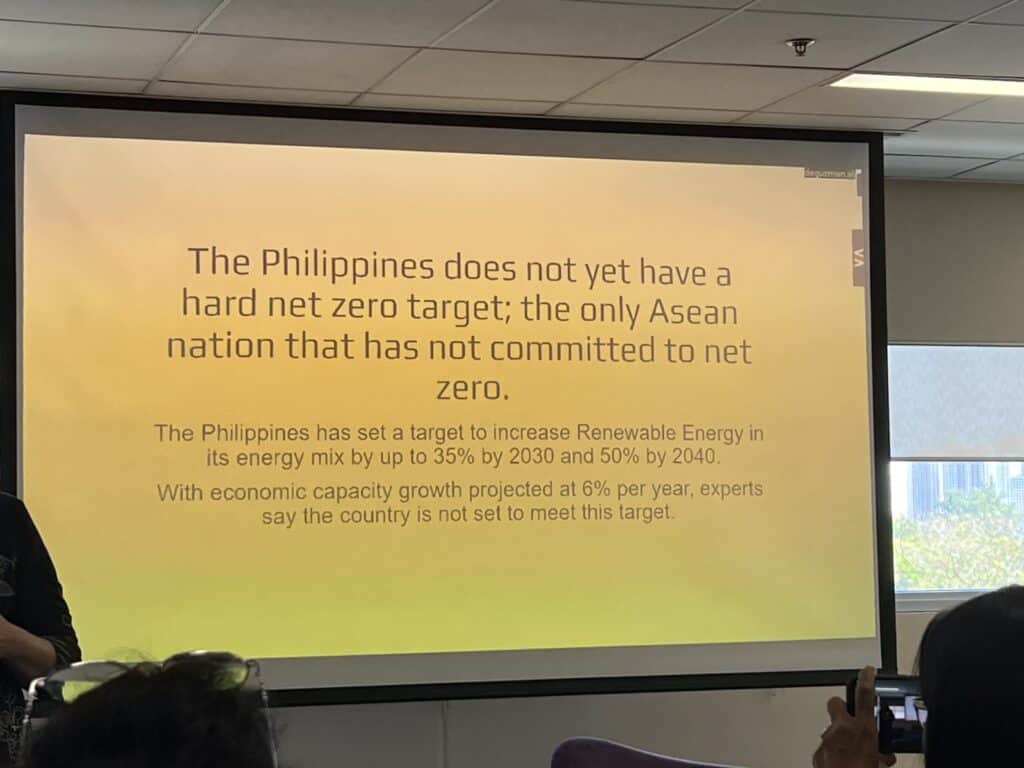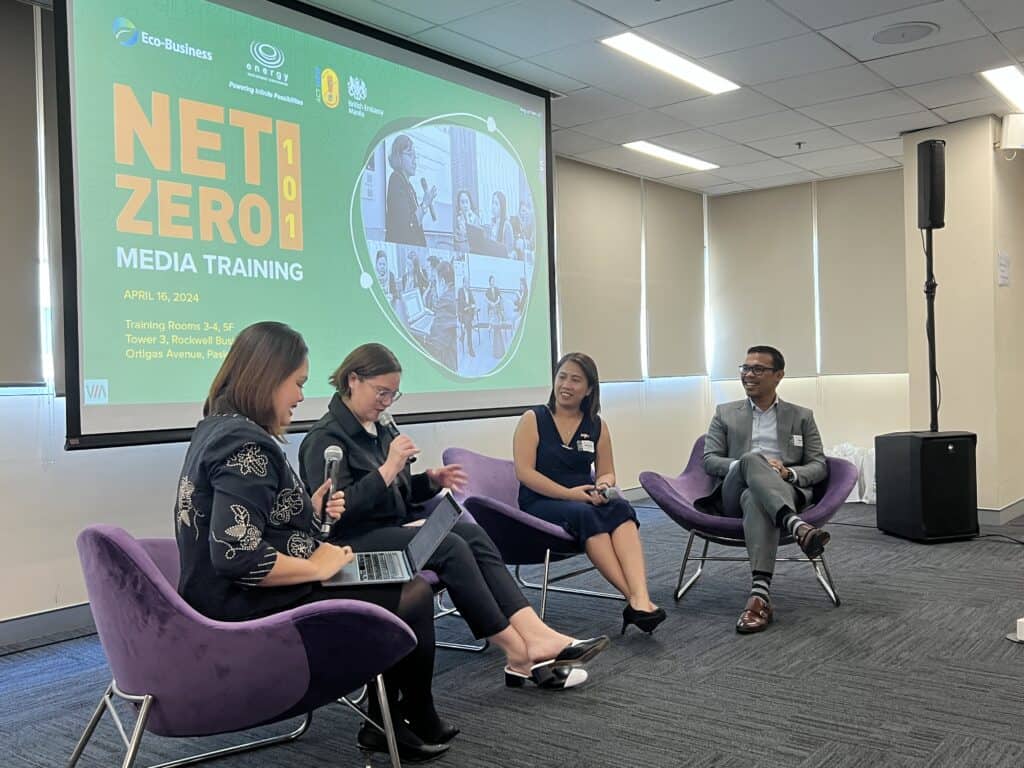Protecting “Mother Earth,” the place where we live, requires a collective effort. Contributions from both large and small sources play a significant role in making a difference.
As the world continues to undergo changes, humans are facing challenges due to extreme weather events and high temperatures. These conditions lead to rising sea levels caused by the accelerated melting of ice. Additionally, these changes affect food production and require adaptations to address climate change.
With these rising environmental concerns, what is the ultimate factor making the Earth’s climate harder for sustainable and adaptable living?
Experts’ studies say that human activity is increasing the amount of greenhouse gases in the atmosphere. Over the last century, burning fossil fuels like coal and oil has raised carbon dioxide (CO2) levels in the air. This happens because burning these fuels releases CO2 into the atmosphere.
Additionally, cutting down trees and clearing land for farming, industry, and other uses also adds to the problem by increasing greenhouse gases, but not as much as burning fossil fuels.
A closer look to CO2
Carbon dioxide (CO2) is a major heat-trapping gas, also known as a greenhouse gas. It is emitted from activities like extracting and burning fossil fuels such as coal, oil, and natural gas, as well as from wildfires and natural occurrences like volcanic eruptions.
Fossil fuels like coal, oil, and gas are the main cause of global climate change. They produce over 75% of the world’s greenhouse gas emissions and almost 90% of all carbon dioxide emissions. When greenhouse gases cover the Earth, they trap heat from the sun, causing the planet to warm up and the climate to change.
The Earth is heating up faster now than at any time in recorded history. Warmer temperatures are changing weather patterns and disrupting nature, which can be dangerous for humans and other life on Earth.
Following the latest data, in 2022, the Philippines produced around 146.5 million tons of carbon dioxide (CO2) emissions from energy consumption. Showing an increase from the 2012 figure of 135.8 million tons of CO2.
Meanwhile, in terms of the carbon footprint in 2022, the per capita greenhouse gas emissions in the Philippines reached about 1.22 tons of carbon dioxide equivalent. which represents a 2.7 percent rise compared to the previous year.
Now, you might ask about the carbon emissions from energy consumption, and carbon footprint, energy consumption and carbon footprint are related but not exactly the same.
Energy consumption refers to the amount of energy used by individuals, businesses, or nations in various forms such as electricity, natural gas, or fuel. The carbon footprint measures the total amount of carbon dioxide (CO2) and other greenhouse gases emitted directly or indirectly as a result of human activities, including energy consumption.
To put it simple, higher energy consumption, especially from fossil fuels, can lead to a larger carbon footprint. However, the type of energy used and how it is produced also play a significant role in determining the carbon footprint
Net-zero initiative
Perhaps you have heard the word “net-zero”, or net-zero emissions, it is when the emissions from human activities are balanced out by removing the same amount of carbon from the atmosphere.
Over 140 countries, including major polluters such as China, the United States, India, and the European Union, have established net-zero goals. These targets encompass approximately 88% of the world’s emissions.
To achieve net zero, there are two main steps: First, emissions from human sources like cars and factories need to be reduced as much as possible. Then, any remaining emissions should be offset by removing an equal amount of carbon.
The Energy Development Corporation (EDC) established the Net Zero Carbon Alliance (NZCA), a private sector-led movement involving multiple sectors aiming to reach net zero emissions among businesses in the Philippines. The effort is part of EDC’s mission to forge collaborative pathways for a decarbonized and regenerative future.
The NZCA’s program offers partners a framework to reach carbon neutrality as a transition to net zero by sharing best practices in carbon emissions reduction and tracking, and facilitating better access to green financing, among other resources.
The Alliance was launched in September 2021, with six founding partners. It is the first initiative of its kind in the Philippines. The goal is to help businesses take the lead in fighting global warming and climate change. Companies are said to be major sources of greenhouse gases, which have contributed significantly to the Earth’s temperature rising by over 1 degree Celsius in the past decade.
The NZCA recently completed its inaugural Net Zero 101 Media Training in partnership with Eco-Business, the Energy Development Corporation, and the British Embassy Manila. The Alliance expresses its gratitude to all participants for their active involvement, confident that the training has honed their net zero reporting skills.
Moreover, in the event, the Alliance along with Unilever Philippines, CEMEX Philippines, Holcim Philippines, and Mondelēz Philippines, Inc. shares their expertise with participants, enriching their knowledge on the importance of achieving net zero as a solution to our climate crisis.
One of the companies that ventured in the net- zero initiative is Mondelēz International, one of the world’s leading snacks manufacturers. It has taken a significant step toward its sustainable snacking platform by joining the (NZCA) in which the decision aligns with the company’s global goal to achieve net zero carbon emissions across its entire value chain by 2050.
Mondelēz International has been actively working to reduce carbon emissions from its manufacturing operations since 2018. The company installed a biomass boiler in its Parañaque City facility, using rice hulls as a biodegradable fuel instead of fossil fuels.
For the last five years, it has powered its plant with 100% renewable energy, and in 2023, switched to hydropower for its snack production. Company’s efforts have led to a significant reduction in carbon emissions, cutting them by up to 96% since 2018.
How can a company become a net-zero hero? There are six steps to follow based on the NZCA framework. First, it should operate in the Philippines. Second, it should be officially registered with the Securities and Exchange Commission (SEC) and the Department of Trade and Industry (DTI). Third, it should commit to becoming carbon neutral as a transition to net zero by 2050 or sooner.
Additionally, a company should be dedicated to investing time and resources in the alliance and open to sharing its decarbonization processes. It should also be willing to follow the NZCA approach to achieving net zero.
Eco- friendly steps
Even small actions by individuals can significantly benefit the environment. As environmental risks reach dangerous levels, humanity’s best chance to address these challenges is by reducing its carbon footprint.
But first, let us take note of the scopes of the carbon emission, the Greenhouse Gas Protocol (GHG Protocol) classifies emissions into three scopes.
Scope 1 covers direct emissions from sources a company owns or controls, such as burning fossil fuels in company vehicles or facilities. Meanwhile, the Scope 2 includes indirect emissions from energy a company purchases, like electricity, steam, heat, or cooling.
Scope 3 covers all other emissions related to a company’s activities, such as those from suppliers, customer use, or business travel. In short, remember the scopes as “Burn, Buy, beyond”. The Scope 1 is what you burn, Scope 2 is energy you buy, and Scope 3 is everything beyond your direct control.
Understanding the different emissions scopes helps companies identify and measure their environmental impact, allowing them to set clear targets and focus their reduction efforts. This can improve decision-making, enhance reputation, and support global sustainability goals.
As we celebrate this year’s Earth Day, a yearly event that acknowledges the accomplishments of the environmental movement and emphasizes the importance of protecting Earth’s natural resources for future generations, let’s take small steps toward bigger changes. These actions can help the Earth breathe and thrive.
To save energy and be more eco-friendly in your daily life, turn off lights when they’re not needed and moderate your climate control settings. Minimize plug load by sharing devices with others and shutting down computers when they’re not in use. Use compact fluorescent light bulbs (CFLs) to save energy, and conserve paper by printing on both sides and only what you need.
Bring your recyclables to recycling centers and arrange pickups for electronics and other large items. Promote reuse by donating used items like cell phones, chargers, clothing, and furniture. Consider walking, biking, or using public transportation to reduce your carbon footprint and save energy on your daily commute.
These may seem like small, easy practices, but they require significant discipline from everyone. The small steps taken by individuals worldwide can decrease carbon footprints and help the Earth revive its own space. Let’s aim for a greener, safer environment and strive to make these changes by 2050. I Aireen Perol-Jaymalin, Alliah Jane Babila


